

The ghostly fluttering of the White-tailed Kite is a common sight in open, grassy habitats from California to central Chile. The species has been expanding its range in many areas, including major parts of Mexico and Central America, for several decades, and Audubon's climate model shows continued potential for expansion. However, it also shows a 51 percent loss of current summer range by 2080. The projected suitable climate space along the Atlantic Coast (in the Carolinas, for instance) might offer room for expansion from the recent range gains in Florida.
Explore more birds threatened by climate change around the country.
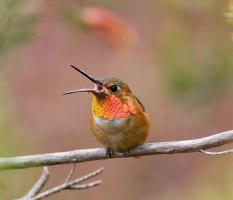
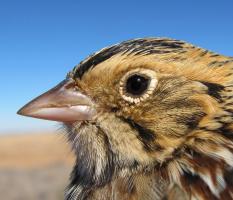
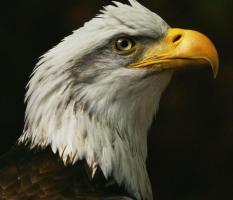
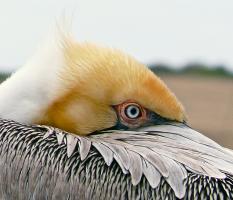

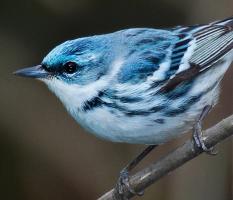
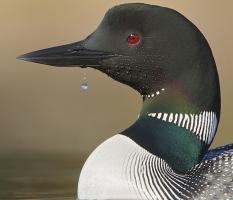
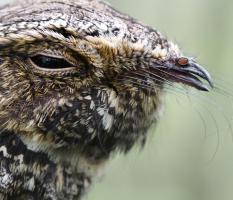





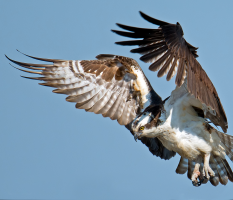
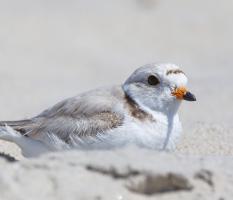

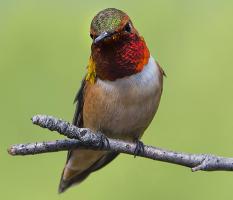

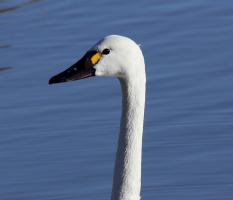
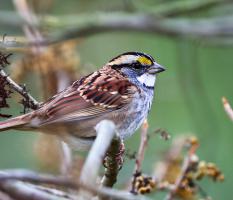

It's easier than you think to make a difference. Become an Audubon member today to help birds facing climate change.